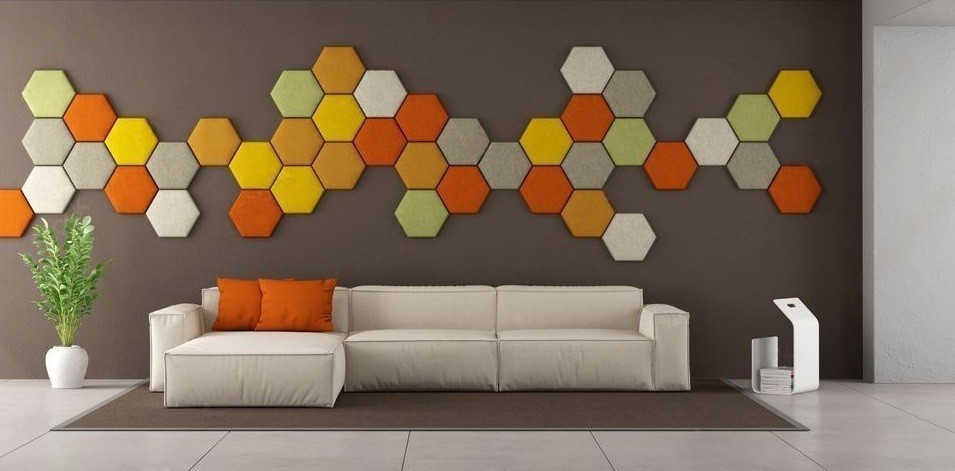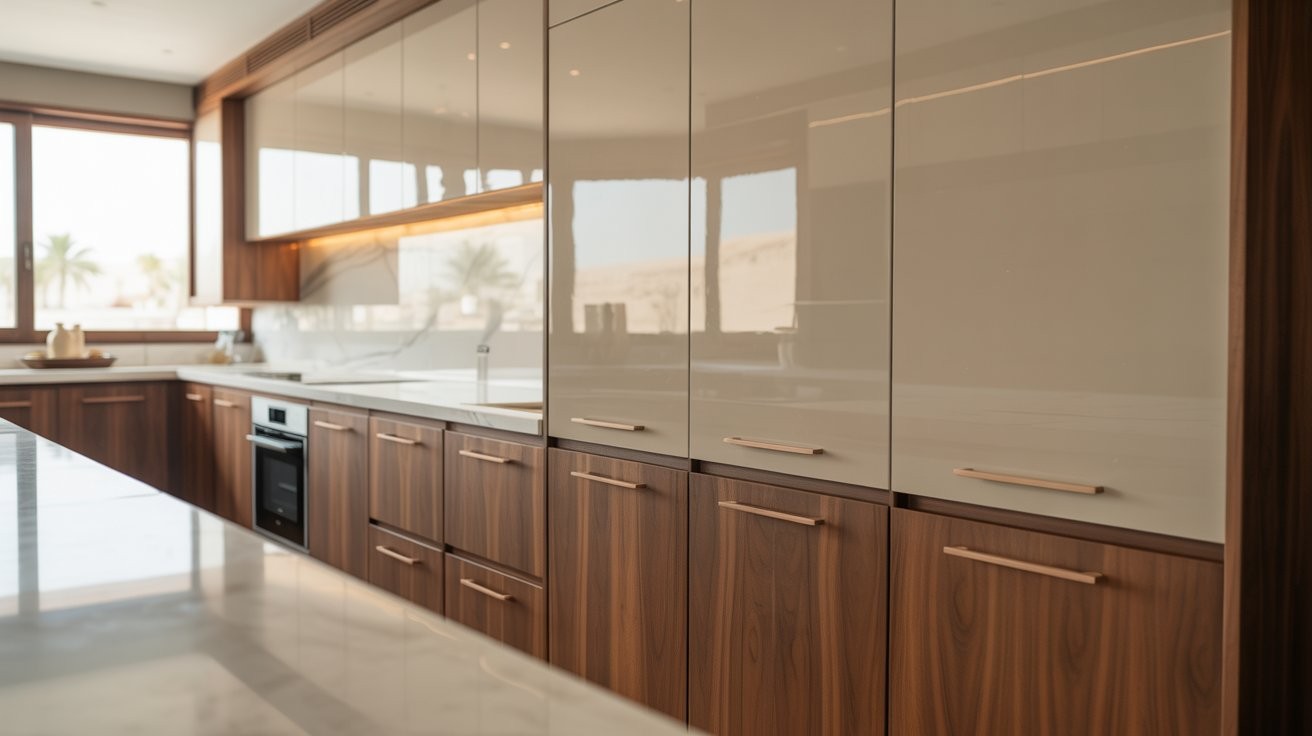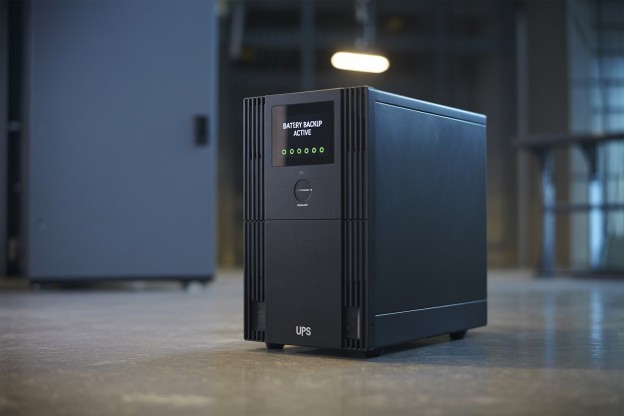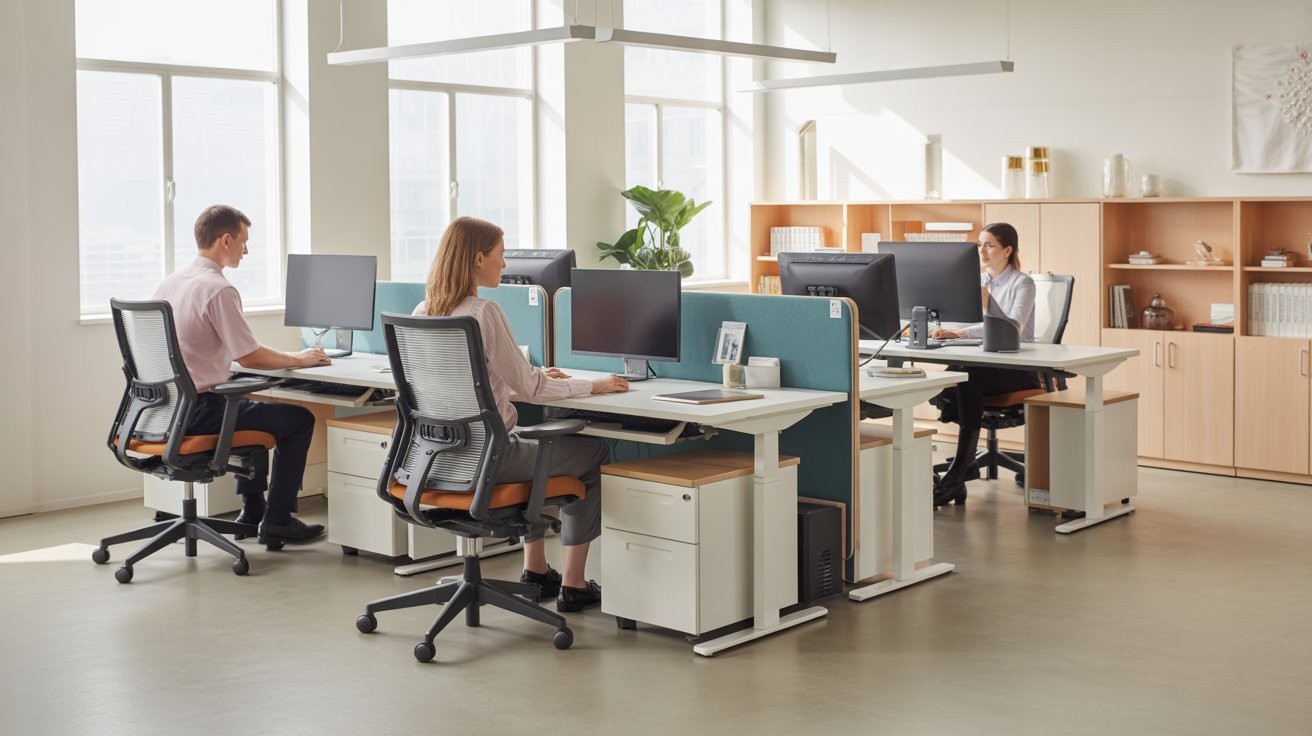You live in a noisy place. Perhaps it's a small room, like a home office or a cozy theater niche. Maybe it's a large auditorium or classroom at a school or restaurant. No matter how big or small the room may be, you want to provide a quiet, peaceful atmosphere by dampening the sound. The many uses of acoustic fabric should be considered when researching soundproofing options. If you are trying to reduce noise in a particular area, you may want to consider using an acoustic fabric. There are also several other benefits associated with it.
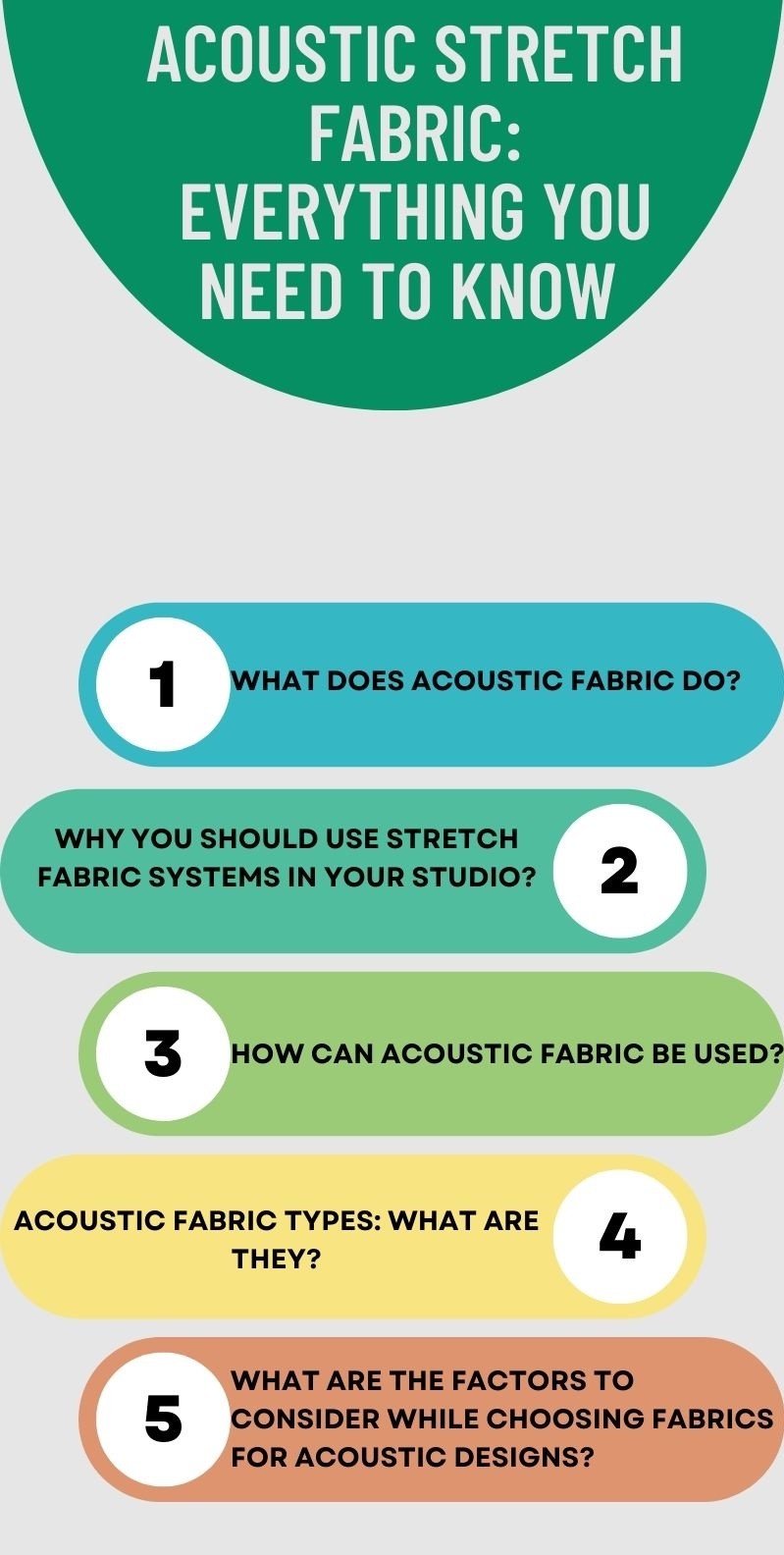
What Does Acoustic Fabric Do?
Sound is absorbed by acoustic fabric in the same way as other common soundproof materials, such as barriers and insulation. Acoustic fabric can be compared to a sponge. In contrast to allowing sound to bounce, these fibers embrace it. As a result of the absorption, the space becomes quieter, and sound isn't reflected back into it.
Acoustic fabrics are made from various materials, as you might expect. It is common for acoustic fabrics to be breathable and retain their shape well. In some cases, natural materials such as cotton are used, while in others, manufactured materials such as polyester or nylon are used. A mixture of fibers can also be used. A fabric that absorbs sound can be used as an acoustic material.
Why you should use stretch fabric systems in your studio?
- There is proper absorption of sounds.
- Remove up to 6 seconds of reverberation from the sound.
- Sound vibrations are blocked by even diffusion in the air.
- A wide variety of colors are available.
- Create your studio designs using custom graphics.
- To create that aesthetic ambiance, stretch fabrics can also incorporate backlighting.
How Can Acoustic Fabric Be Used?
It is not uncommon for acoustic fabrics to be used as covers for other sound-absorbing products in the soundproofing industry. Fabric-wrapped sound panels are a great example of this. Due to the fact that the acoustic fabric allows sound to travel through it, the panel underneath is able to dampen the sound. Likewise, heavy draperies can be made from acoustic fabrics alone. Acoustic stretch fabrics are more effective at combating noise when paired with a soundproof panel or barrier.
Acoustic Fabric Types: What are they?
1) Acoustically Transparent:
The fabric is designed to permit sound waves to pass as if they were not there. Blow through an acoustically transparent fabric with your mouth to determine whether it's acoustically transparent. Transparent materials are those that allow air to pass through easily. In addition to being dust-resistant, stain-resistant, durable, and strong, the fabric should also be easy to clean. A fire-rated product would be ideal.
2) Sound Absorbing:
The porous and thick nature of this fabric makes it capable of absorbing sound frequencies. There is a transfer of sound waves to the fabric, but some of these waves become trapped in the fibers and folds of the fabric as they travel through it. By dampening the waves, the fabric will reduce its impact. It is easier to control reverberation and echo.
Factors to consider while choosing fabrics for acoustic designs
- There should be no interference between the fabric and the goal of the acoustic panel.
- During the sound transmission process, the fabric should pass through the acoustic panel and into the room.
- It is important that the fabric does not reflect the sound back into the room.
- Stick to softer and pliable materials if you want to absorb sound rather than block it.
You may also read: Best Materials for Soundproofing Your Office
Conclusion
The fabric used for acoustic design is thicker and heavier than fabric for other purposes. Various acoustic treatment products, including panels, are covered with acoustic fabrics. As a result, it complements the design of acoustic panels. A fabric that is acoustically transparent can be used to create an optimal treatment product. An important part of balancing the sound in a room is the material covering the acoustic panels. Among the places where this rule applies are offices, restaurants, home theaters, studios for private recording, and even schools. You will get distinctly different results from fabrics of different densities and weaves since sound interacts differently with them. In order to know what the end result will look like, you must choose the right fabric for your specific purposes and utilize interior design firms in Qatar such as Electra. Electra offers a wide range of fabric options for acoustic stretch applications.

